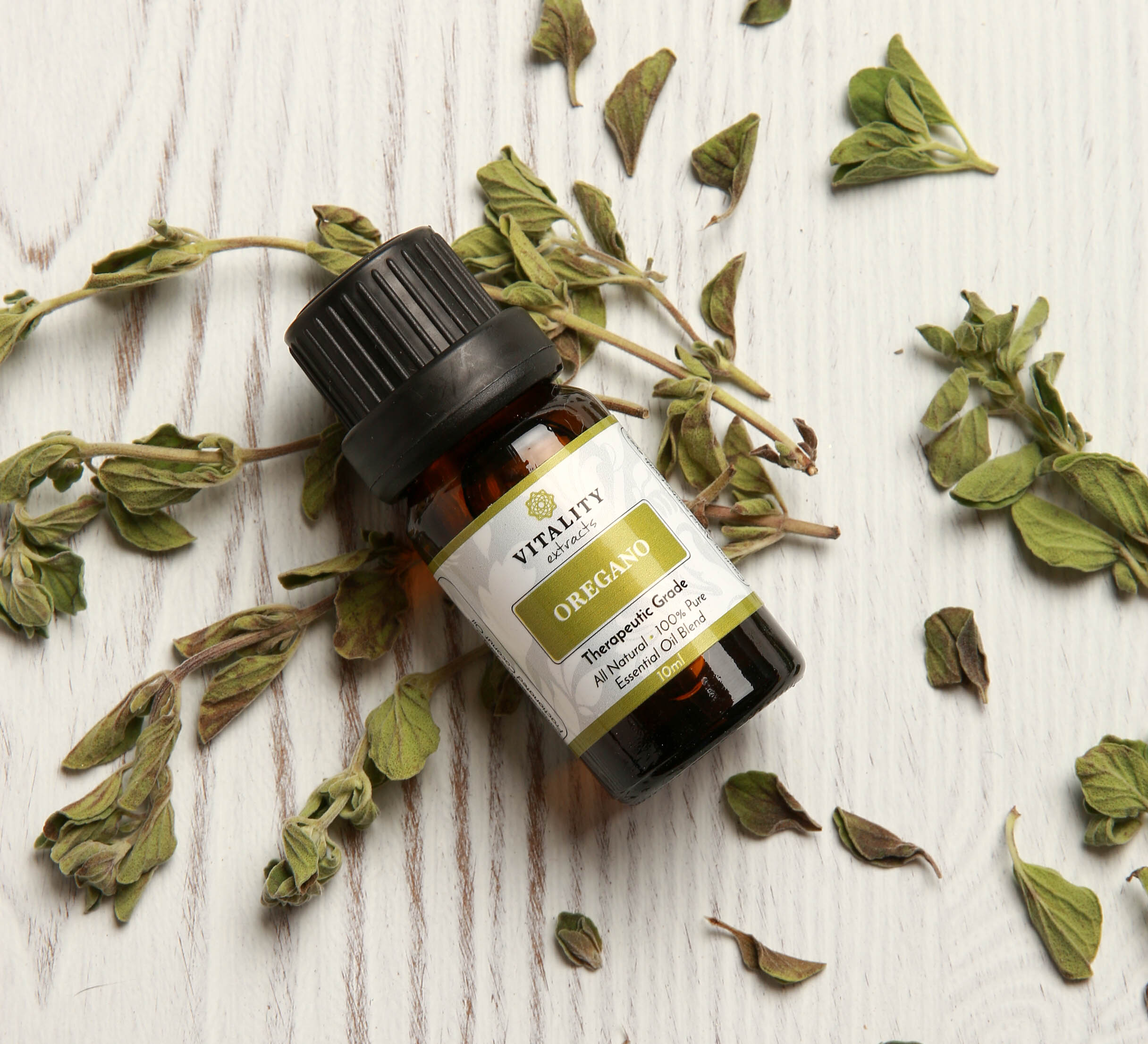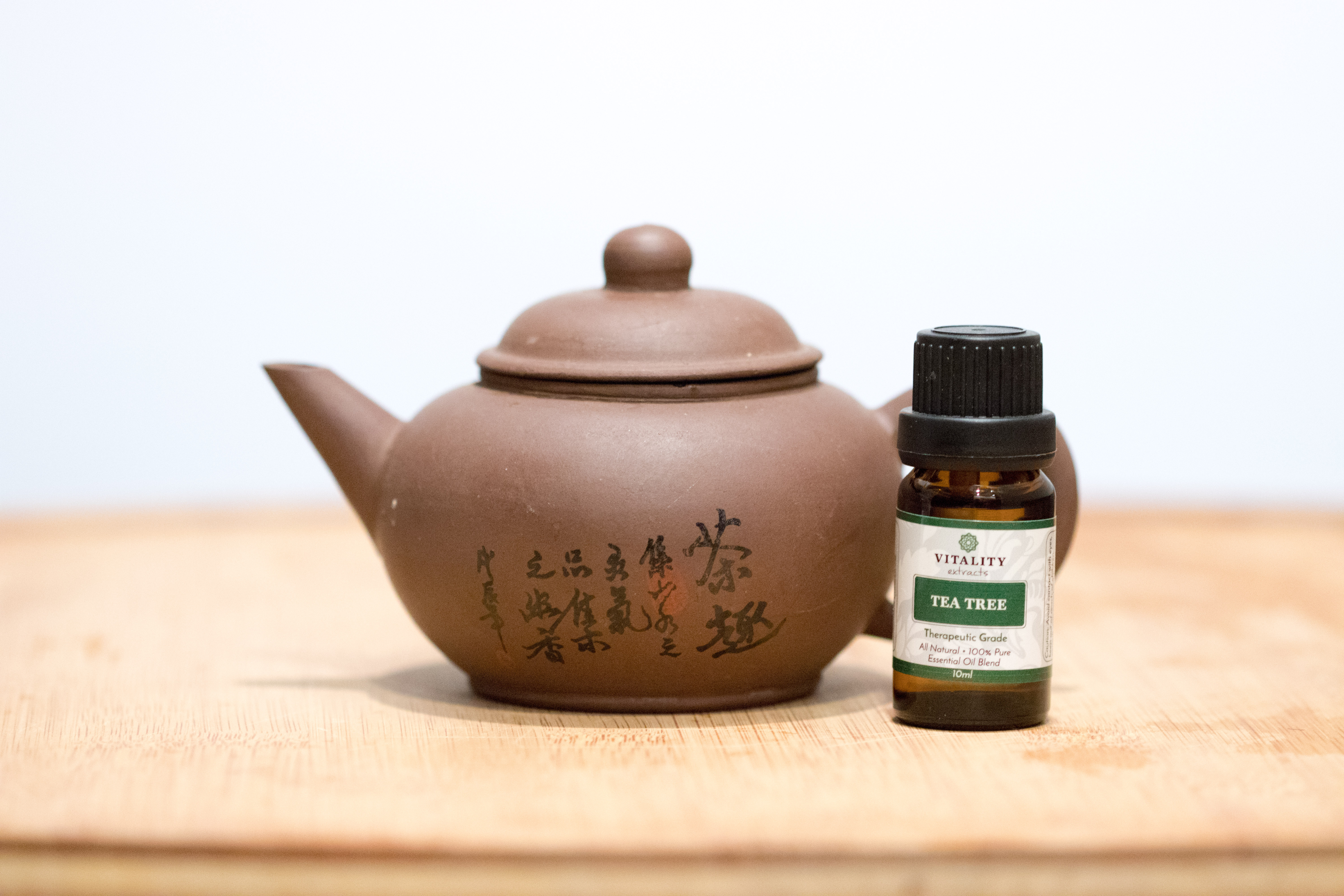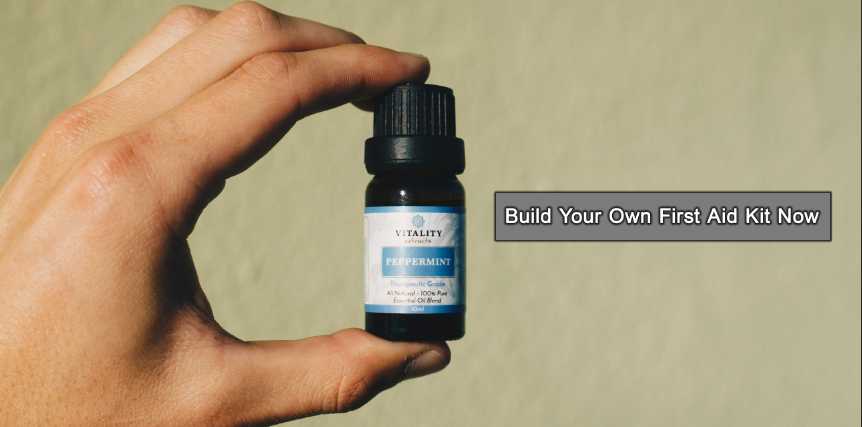Essential oils aren’t just for aromatherapy. Derived from natural sources, essential oils are free of harmful chemicals and can provide relief for a variety of ailments, making them great to have on hand during emergencies.
Creating your own first aid kit with essential oils is easy – the key is knowing which oil to use for different situations.
1. Lavender: When it doubt, use Lavender! The most important essential oil to include in your first aid kit, lavender is a strong disinfectant, antiseptic, natural pain reliever, and antihistamine with universal first aid uses.
How to use it: Speed up the healing process of minor cuts, scrapes, and burns by treating them with diluted Lavender, which will also reduce pain and scarring. Soothe bee stings, bug bites, rashes, and allergies by placing a drop of lavender on the affected area.
Get instant relief from headaches and migraines by inhaling Lavender vapor or massaging the oil onto your scalp – if you suffer from chronic headaches, wear diffuser jewelry with a drop of Lavender for relief throughout the day.
2. Lemon: A natural alternative to hydrogen peroxide, Lemon oil is anantiseptic and disinfectant known for its powerful cleansing abilities, and it’s also an effective aid against cold symptoms and digestive problems.
How to use it: Sterilize cuts and scrapes by dabbing them with a cotton ball soaked in a diluted Lemon oil.
Help with indigestion or morning sickness with Lemon oil by inhaling its vapor from a diffuser.
3. Peppermint: A powerful natural stimulant, Peppermint is commonly used to fight physical and mental fatigue, but it can also combat stomach problems, sore muscles, and headaches.
How to use it: Add Peppermint oil to your diffuser to reduce feelings of nausea and dizziness. Combine it with a carrier oil and rub it onto your skin for an instant cooling effect that soothes muscle aches, sunburns, and bug bites.
Mix Peppermint oil with lavender and massage onto your scalp to reduce the intensity of headaches.
4. Oregano: Oregano doesn’t just belong on your spice rack. This antimicrobial essential oil effectively kills bacteria, viruses, and fungus, making it an important staple for your first aid kit.
How to use it: Try a few drops of Oregano oil in your diffuser on the onset of a cold or cough to boost your immune system and kick sickness to the curb. Use diluted Oregano oil topically to decrease the inflammation of injuries, sore muscles, and joint pain, or to fight fungal infections such as athletes foot.
Clear sinus infections and congestion by inhaling Oregano oil from your diffuser.
5. Tea Tree: An extremely potent antiseptic with antibacterial and anti-fungal properties, Tea Tree is an important oil to have on hand to relieve a variety of skin conditions.
How to use it: Always dilute Tea Tree oil before applying it directly on your skin. Drop a small amount of diluted oil to cuts, scrapes, bug bites, and fungal infections to disinfect the area while reducing pain and inflammation.
Diluted Tea Tree oil can also be used to treat sunburn, dandruff, and even fight acne.
6. Frankincense: Frankincense enhances the properties of other oils while reducing inflammation and supporting skin tissue recovery.
How to use it: Apply Frankincense with other oils to speed up the healing process of minor cuts and wounds – you can even mix Lavender, Lemon, and Frankincense with coconut oil for a DIY Neosporin!
Boost your immune system by diffusing Frankincense in your home throughout the day
More First Aid Kit Essentials –
In addition to pure essential oils, consider added blends to your first aid kit, such as Immunity Boost, Migraine Care, and Breathe Easy. Many of these blends also come in convenient roll-ons which are super portable, easy to apply, and mess-free.
How Can You Dilute Your Oils?
Carrier oils are a great way to dilute your essential oils while adding additional benefits.
See how to dilute them here.










Thank you so much for the how to use and what to use it for. This is very helpful to know. I am glad to know about the peppermint as I do get dizzy spells off and on and this just may be keeping them at bay. This infromation gives me an idea of what to use on my bracelets. I do use one with peppermint only and another with orange & lemon only. . Thank you so much.